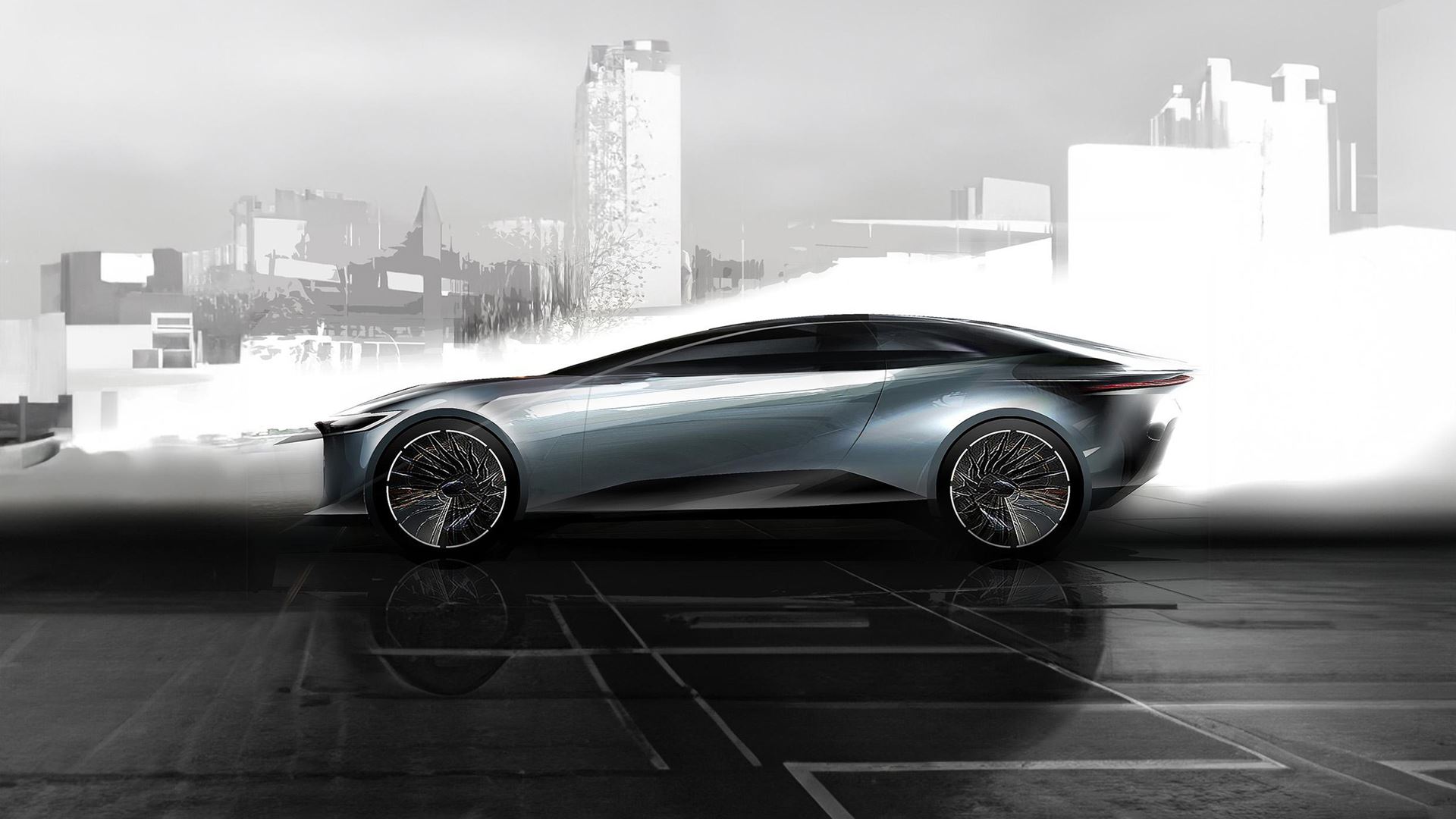Vehicles developed specifically for electric drive open up entirely new dimensions of what is possible. With purpose-driven design, they deliver a personalised driving experience that offers so much more than just getting you from A to B.
Purpose-driven design is a development principle: the aim is to design vehicles thoroughly for electric drive. Integrating the battery into the floor of the car increases interior space by 20 to 24 percent. The traditional radiator grille can be done without because electric motors require less cooling. And then there are modern materials and platform concepts that open up new avenues for greater sustainability – both in terms of production and recycling. Last but not least, purpose-driven design allows for consistent integration of software, digital functions, and optimised charging technology.
Some manufacturers are already working with this approach in a targeted manner, while others are slowly inching towards it. In Europe, Volkswagen is leading the way with its ID.-series (ID.3, ID.4, ID. Buzz). It works with the modular MEB platform, which is specifically geared towards e-mobility. Renault is also following this path with the Megane E-Tech and the forthcoming R5 on the CMF-EV platform. With the EX30 and EX90, Volvo is clearly positioning itself as a purpose-driven design manufacturer – nevermind their strong combustion platform.
Tesla continues to dominate in the US: with its 3, Y, S, and X models, the brand is seen as a pioneer of purpose-driven design. Start-ups such as Rivian (R1T, R1S) are focusing on sturdy, adventurous platforms, while Lucid Motors is rethinking the luxury segment with its Lucid Air Purpose design.
This strategy is also being pushed in Asia. Hyundai and Kia are using the specially developed E-GMP platform for models such as the IONIQ 5, IONIQ 6 and EV6 – with 800-volt technology and a flat underbody. BYD is focusing on high efficiency and space-saving with its blade battery and platform integration. Toyota is starting to move into purpose-driven design with the bZ4X, but has remained comparatively conservative so far.
Start-ups such as Canoo (USA) and NIO and Zeekr (China) show how radically purpose-driven design can be implemented: with lounge-like interiors, battery-optimised bodies and platforms designed from the outset for autonomous driving and digital services. This includes entertainment – the quality of the consumer electronics installed in the car is an important purchase consideration in China. After all, what are you supposed to do while your car does all the work in the imminent future of autonomous driving?
Another key feature is battery and range optimisation. In purpose-driven design models, battery packs can be better dimensioned and cooled, which increases range. Since the vehicle does not have to accommodate a combustion engine, both pack density and charging capacity can be optimised.
The interior also benefits enormously. The elimination of drive trains and space-consuming engine components allows for flexible design concepts: a flat floor, sliding seats, more storage space, and a lounge-like layout are popular. Vehicles such as the VW ID. Buzz or the Canoo vans are making full use of these possibilities ...
Continue reading on Gateway to Automotive.
The content hub for automotive news and events.

